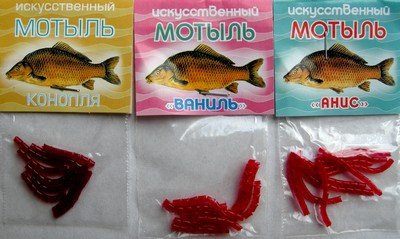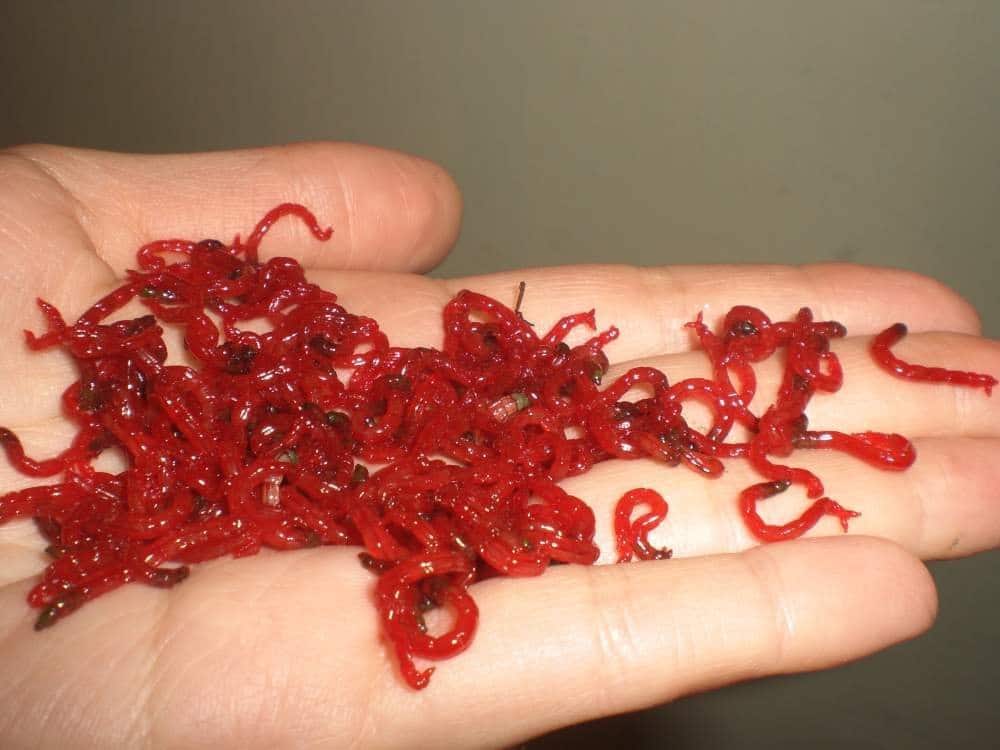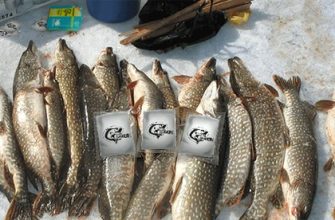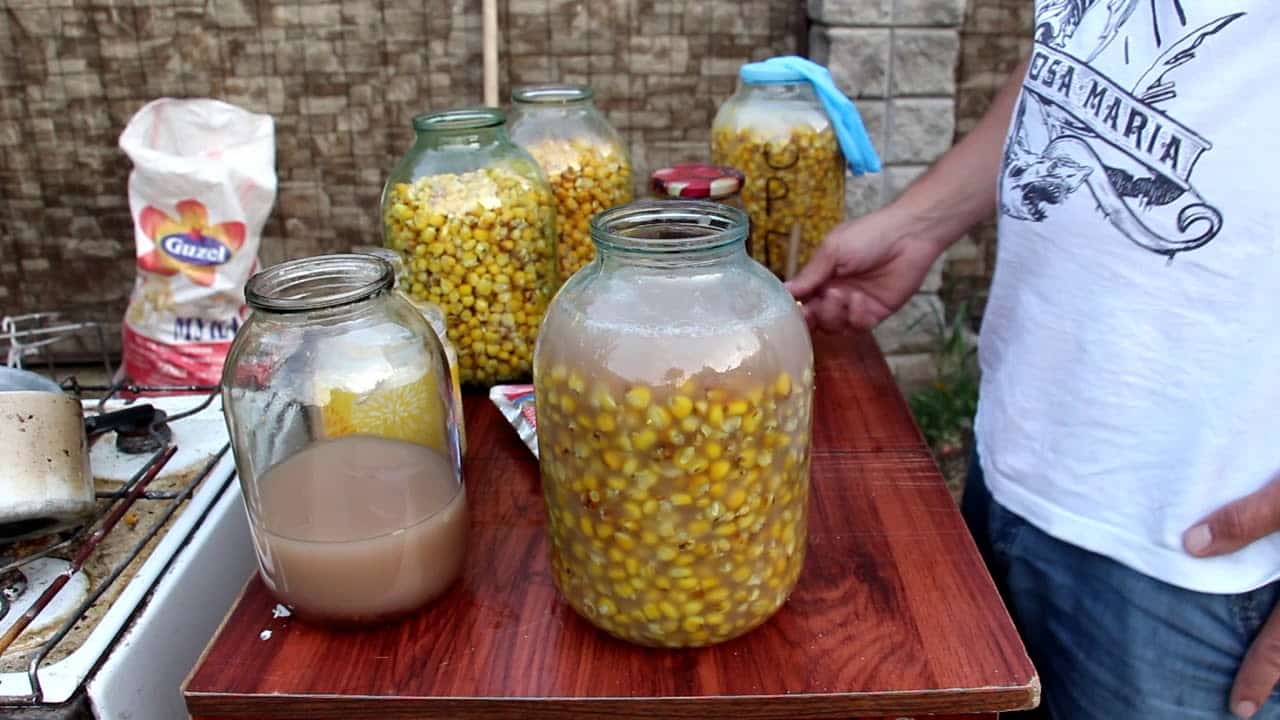Avid fishermen assure beginners that a good catch does not depend on the weather and the season, but on the right bait and bait. Bloodworm has long been considered one of the most effective attachments, especially for
winter fishing . It is important to know not only how and what kind of fish to fish with the help of larvae, but also how to get and keep bloodworms in different conditions at home and fishing.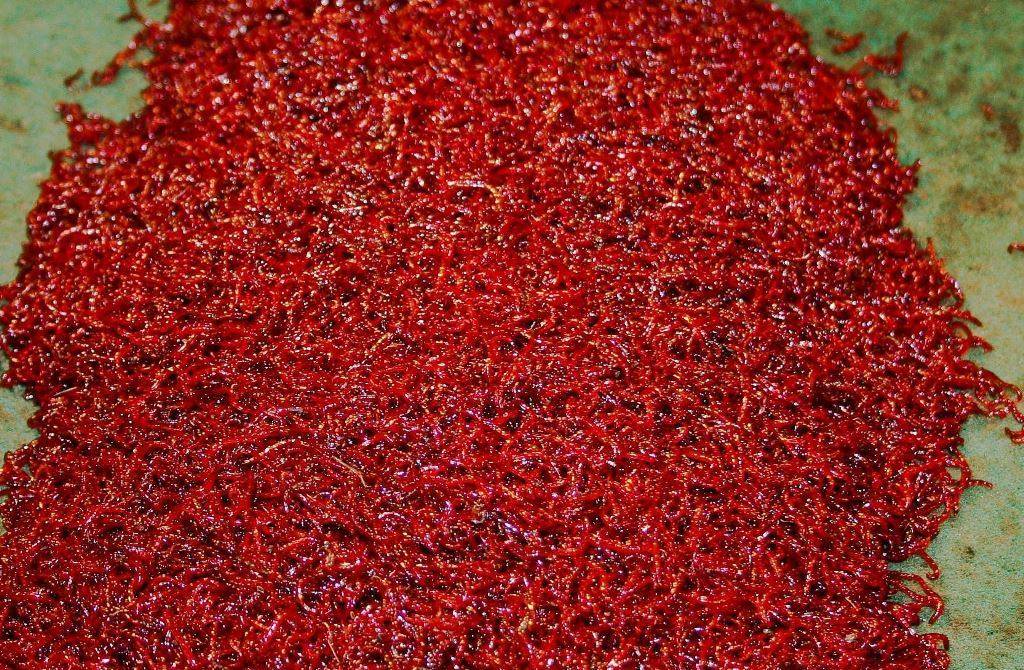
- Educational program for beginner anglers: what is a bloodworm, photo and description
- Bloodworm for fishing, as a bait and bait
- Where to look for bloodworms and how to independently get and wash mosquito larvae
- How long to keep bloodworms at home – in the refrigerator, potatoes, newspaper …
- How to separate a live bloodworm from a dead one, small bait from a bait
- How to breed larvae
- How to store larvae when fishing
- Cold storage
- Keeping bloodworms in the heat on summer fishing
- How to plant and catch on larvae
- How to use as a groundbait
- Artificial bloodworm as an alternative – insufficient but possible substitute
- Поделиться ссылкой:
Educational program for beginner anglers: what is a bloodworm, photo and description
Bloodworms (raspberries) are the larvae of mosquitoes from the Chironomidae family. The body of the worm-like insect is painted in red tones, and the head is dark. The tail is bifurcated. The length of the mosquito larva can reach 10-25 mm. The reddish tint to the body is given by hemoglobin, which is contained in the blood of the insect. Depending on the size, raspberries are divided into several types: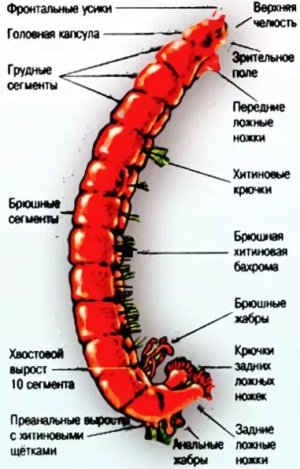
- Large (nozzle) type of bloodworm. The size of the larvae that belong to this category is quite large. You can find them in the silted soil of a pond or lake. It practically does not occur in rivers.
- Limanny . Inhabits the southern saline estuaries, where significant deposits of organic matter are observed at the bottom.
- Small . The length of the larvae of this species reaches 10 mm. Insects live on the bottom of rivers in places of industrial discharges.
Note! Mosquito larvae do not bite people and do not cause inconvenience.
Bloodworm for fishing, as a bait and bait
Anglers use bloodworms as baits at any time of the year. If you bait the larva correctly, it will move on the hook for a long time, attracting the attention of the fish. You can use special hooks with a spring clip, with which you can fix the raspberry without piercing. In addition, bloodworms are added to the bait mixture and a small portion of the larvae is lowered into the hole to lure the fish school.
Note! Bloodworms can be used as an independent attachment or in combination with maggot.
Where to look for bloodworms and how to independently get and wash mosquito larvae
Malinka lives in the muddy areas of the bottom of streams, ponds, rivers with a slow current and lakes. Mosquito larvae are able to survive even in polluted water bodies. Insects build shelter for themselves by gluing together the sludge with saliva secreted from the salivary glands. In order to wash the mosquito larvae on your own, you should use a sieve and a net with a fine mesh. Depending on what size the bloodworm is needed, it is worth choosing the size of the sieve mesh. Experienced fishermen recommend using a sieve with a mesh of 1.5-2 mm to wash the nozzle specimens. For the extraction of bait specimens, smaller meshes can be used. How to easily and quickly get bloodworms in a few minutes and wash the larvae correctly: https://youtu.be/nSiBchlpfpI Step-by-step process of washing raspberries using a sieve:
- First of all, fishermen scoop up silt from the bottom of the reservoir with a sieve and raise it to the surface of the water.
- The sieve is shaken to wash out the sludge. In this case, the larvae, along with large debris, will remain in it.
- The sieve is removed from the water. Its contents are left in the sifting tool for a couple of minutes to dry.
- The sieve is re-immersed in water. The dried larvae float to the surface. They are collected using a landing net. This is the so-called bloodworm washing process.
Bloodworms are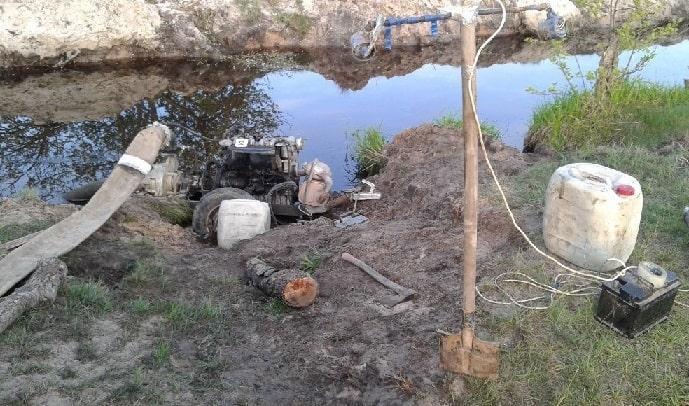
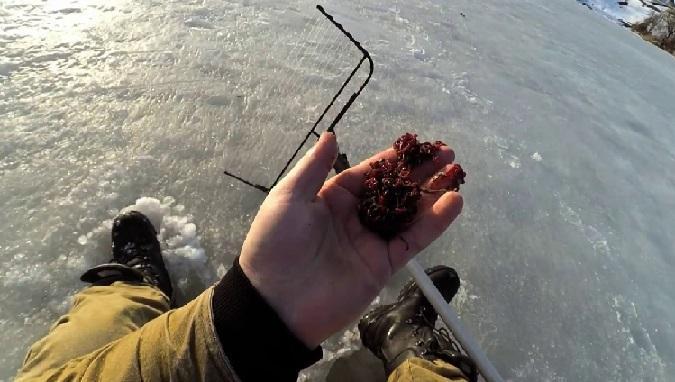
Do not throw out the sorted small individuals, they can be put into groundbait, and large ones can be used as bait.
How long to keep bloodworms at home – in the refrigerator, potatoes, newspaper …
You can store mosquito larvae at home in the refrigerator, perhaps this is the simplest and most popular way, the shelf life should not exceed 14 days. Before sending insects to the refrigerator, they need to be sorted out and discarded. After that, the raspberries should be placed on a damp newspaper. The edges of the paper are tucked up and the larvae are sent to the refrigerator. Every 3 days it is necessary to sort out the bloodworms, removing the dull ones. You can also store bloodworms in a container filled with sleeping tea.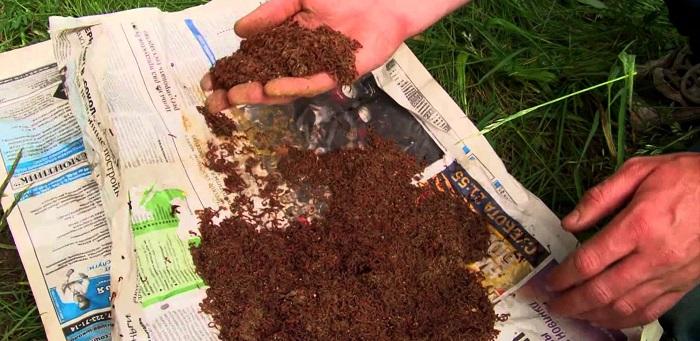
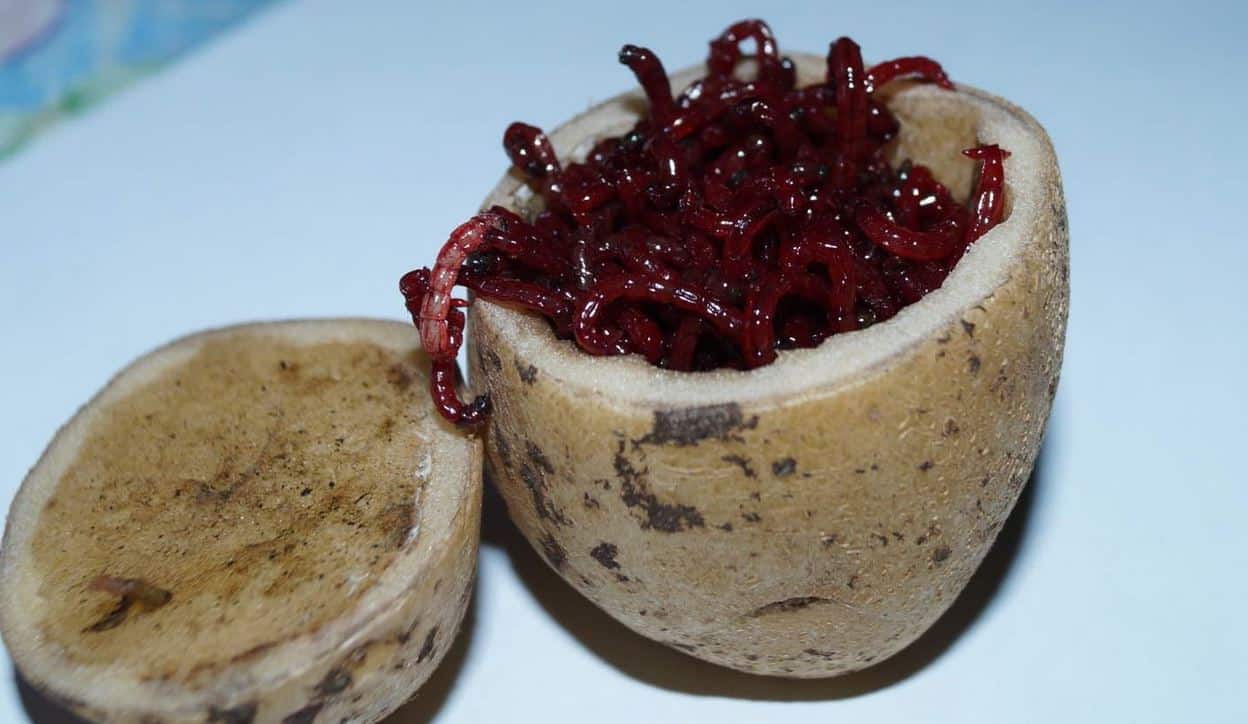
How to separate a live bloodworm from a dead one, small bait from a bait
Living larvae tend to get out into the holes, not transferring the confined space. Knowing this feature, you can quickly separate living insects from dead ones. Having typed settled rainwater into a deep basin, you need to cover it with a net, the size of the cells of which is 2-3 mm. The larvae are scattered on a net and lightly immersed in a container filled with water. Raspberries should be completely submerged in liquid. After 15 minutes, all living insects will seep through the sieve and end up at the bottom of the basin. The snoozed ones will remain in the net. They can be thrown away or used for the groundbait mix. Sorting large and small bloodworms is easy enough. For this, mosquito larvae are poured into a sieve and the tool is immersed in a container filled with water. Small raspberries will pass through the holes and end up in the container, while large insects will remain in the sieve.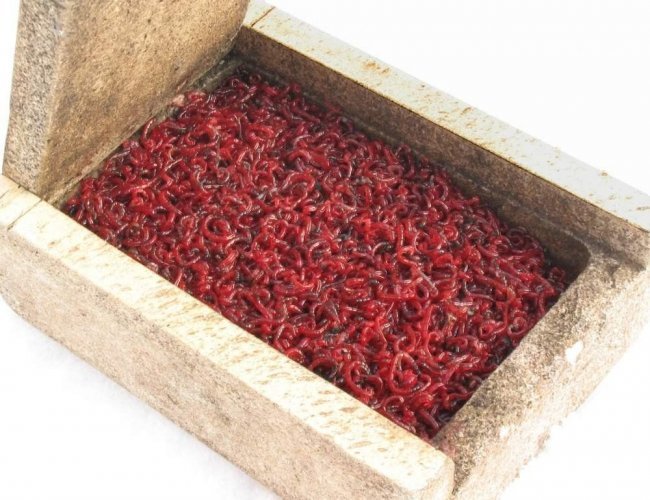
How to breed larvae
To start breeding mosquito larvae, you will need to allocate 2 rooms for these purposes. The first will contain mosquitoes, and the second will house their larvae. A layer of river silt is poured into the buckets, the thickness of which reaches 15-20 mm. The sludge is washed with boiling water, after which cold water and a small amount of yeast are added, which are required to feed the raspberries. The composition is thoroughly mixed until the consistency begins to resemble the thickness of sour cream. Small pieces of yeast must be added to the sludge every 14 days. In a room in which mosquitoes live, a basin of water should be placed. Insects will lay eggs there, from which larvae will soon hatch. Raspberries need to be caught with a sieve, transferred to another room and placed in a container filled with a layer of silt.
How to store larvae when fishing
On fishing, insects are exposed to low or high temperatures, which can cause the death of the larvae.
Cold storage
For winter fishing, you need to take bloodworms in portions (the amount that you plan to use). The larvae are placed in a foam moth. It should be borne in mind that it is the foam that is endowed with good thermal insulating properties. The moth is sent for storage in the inner pocket of the jacket. The larvae should be examined systematically. Overheated or frozen bloodworms will become lethargic. In this case, the box will need to be moved to one of the pockets.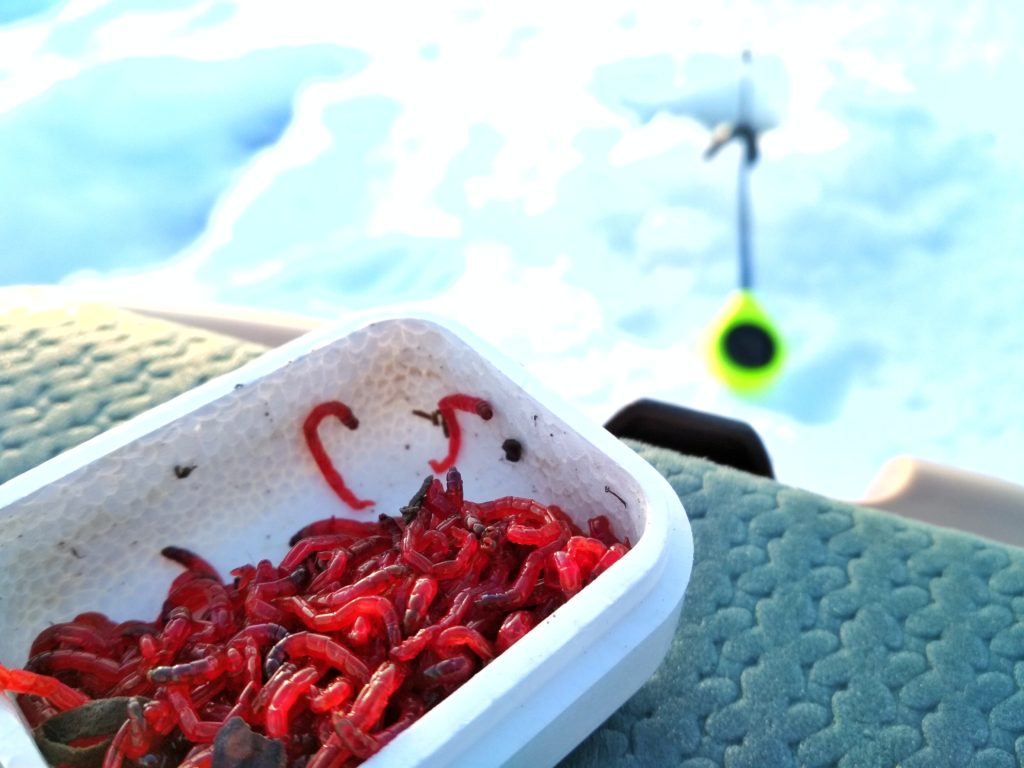
Keeping bloodworms in the heat on summer fishing
On hot days, if stored improperly, bloodworms often dry out. During this time of year, it should be wrapped in a damp cloth and placed in an open food container. The container is transferred to a shaded place that is well blown by the wind. Moisture will begin to evaporate from the surface of the damp cloth and will cool the larvae. The cloth should be moistened periodically. Similarly, you can store raspberries for 24-36 hours.
How to plant and catch on larvae
There are several options for how to hook bloodworms. The most popular of them are:
- Hanging bloodworm method . The larva is pierced in 3 segment (from the head). You can put 1 or 2 larvae on one hook.
- Ring . The larva is pierced with the sting of the hook behind the head and tail segment. Bloodworms will hang in the water column or lie on the bottom surface.
- Stocking method . The sting is inserted into the 2nd segment (from the head) and the raspberry is carefully put on the hook. The sting must be hidden inside the insect’s body.
- A bundle . 4-5 raspberries are attached to the forearm using rubber bands and special devices. This method avoids injury to the nozzle. The larvae will remain alive and mobile for a long time.
- Across . The mosquito larva is pierced in the middle with a sting, which should remain outside.
How to plant bloodworms and not damage larvae – video tips: https://youtu.be/FNcBa3i-Nx0 Fishing with bloodworms is an exciting process that, with the right approach, can be done not only by an avid angler, but also by an amateur. Mosquito larvae attract the attention of
roach , crucian carp, rudd, pike,
perch ,
carp , tench,
bream and other fish species. Bloodworms are natural food, so they do not arouse suspicion among the inhabitants of the reservoir. Experts recommend sticking 2-3 larvae on a hook. A bouquet of raspberries will look delicious. The fish is unlikely to swim past.
How to use as a groundbait
Adding mosquito larvae to the feed mixture can increase its nutritional value and keep the fish stock in the fishing area. To prepare groundbait, you will need to purchase:
- 200 grams of bread crumbs;
- 150 grams of millet ;
- 150 grams of corn ;
- 150 grams of pearl barley .
Millet, corn and pearl barley are boiled. Put all the ingredients in a deep container and mix them. To give the bait mixture an aroma that attracts fish, it is worth adding 50 grams of crushed bloodworm to the composition. The live components are cut before adding groundbait to the feeder, since the cut mosquito larvae are subject to rapid oxidation (in summer). Against this background, the porridge will quickly disappear.
Advice! Do not put a whole bloodworm in the groundbait, in view of the fact that the active larvae will crawl to the bottom of the bucket and the bait mixture will often have to be mixed.
Artificial bloodworm as an alternative – insufficient but possible substitute
A silicone bloodworm is a rubber bait that is widely used for catching predators and large peaceful fish. The rubber-based larvae resemble a real bloodworm in appearance. Artificial bloodworms are flavored, so the fish goes to it no worse than to the real ones.